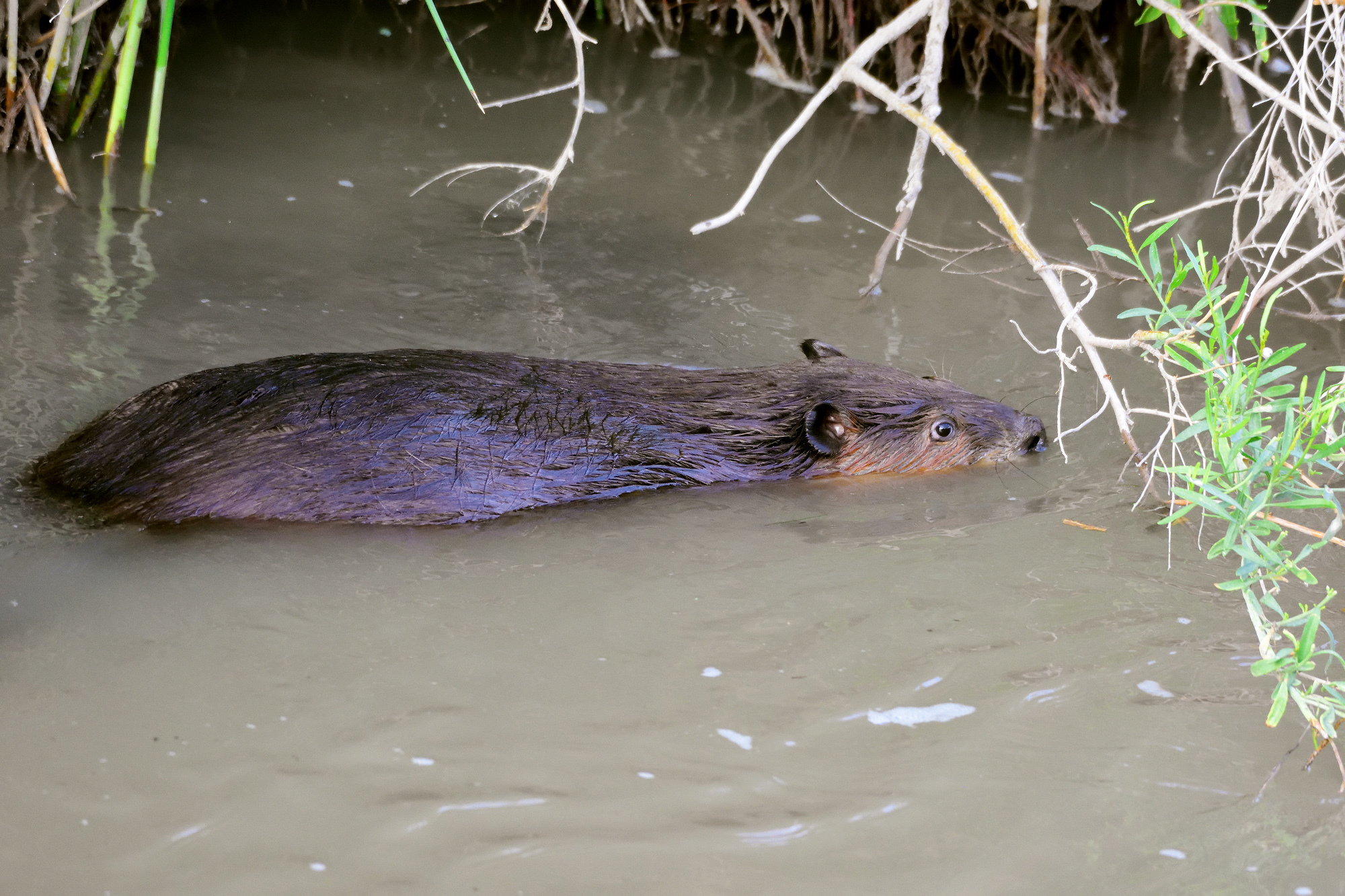
This is a picture of a Loggerhead Shrike, one of our resident birds.
By Erin Strasser, International Biologist, Bird Conservancy of the Rockies
With a hooked beak and predatory habits, the Loggerhead Shrike (Lanius ludovicianus) has acquired some ferocious nicknames: The Butcher Bird or, in Spanish, El Verdugo (The Executioner). Although a songbird, they are unique in that they capture and impale small prey items such as insects, sparrows, rodents and lizards on barbed wire fences and spiny branches. These caches are perfect storage areas when prey is scarce or conditions make hunting difficult. Because they lack strong feet and sharp talons spines also act as leverage, helping the shrikes dismember their prey. Shrikes are often seen perched conspicuously on top of shrubs and fence posts scanning their surroundings for prey, their stately black and white plumage flashing as they drop to the ground in pursuit of an unsuspecting victim.


Here in northern Mexico where we are studying declining grassland bird winter survival we’ve gotten to know Loggerhead Shrikes on a very intimate level. Shrikes, preferring open habitats such as pastures, grasslands, and shrublands find ideal wintering (and breeding) habitat conditions in the Chihuahuan Desert. Their propensity for dining on small birds has made them the top predator of the wintering Baird’s and Grasshopper Sparrows that we are studying, and we regularly find sparrow remains hung from mesquite thorns or cached deep in spiny piles of tumbleweed.
Despite an abundance of sparrows and ample hunting perches in the area, extremely high winds, sub-freezing temperatures, and competition with other predators have posed challenges for predators and prey alike. Because of this, we have encountered multiple shrike carcasses in the field. Following several days of inclement weather we even observed a shrike feeding on a dead skunk. Desperate times call for very desperate measures!

Photo: Erin Strasser.
This winter we’ve radio-tagged 6 shrikes in order to better understand their homerange size, habitat requirements, and how their movements could impact Baird’s and Grasshopper Sparrow survival. Similar to the sparrows we are tracking, the shrikes’ radio transmitter – which weighs around 1.4 grams -is worn like a small backpack and emits a pulse that is detected by an antenna and receiver. So far, it is obvious that the shrikes prefer hunting from taller mesquite and fence posts on the periphery of open grassland patches. This could indicate that mesquite encroachment, a growing concern in these grasslands, as well as fence construction is contributing to the mortality and population declines of grassland birds.

Here in El Paso watch for Loggerhead Shrikes in open grassland areas.

